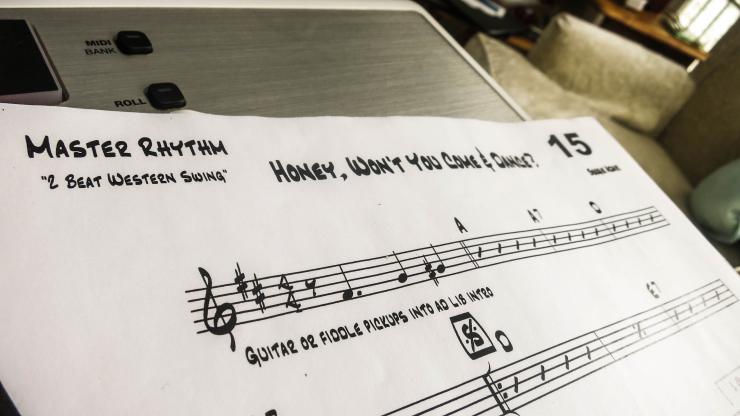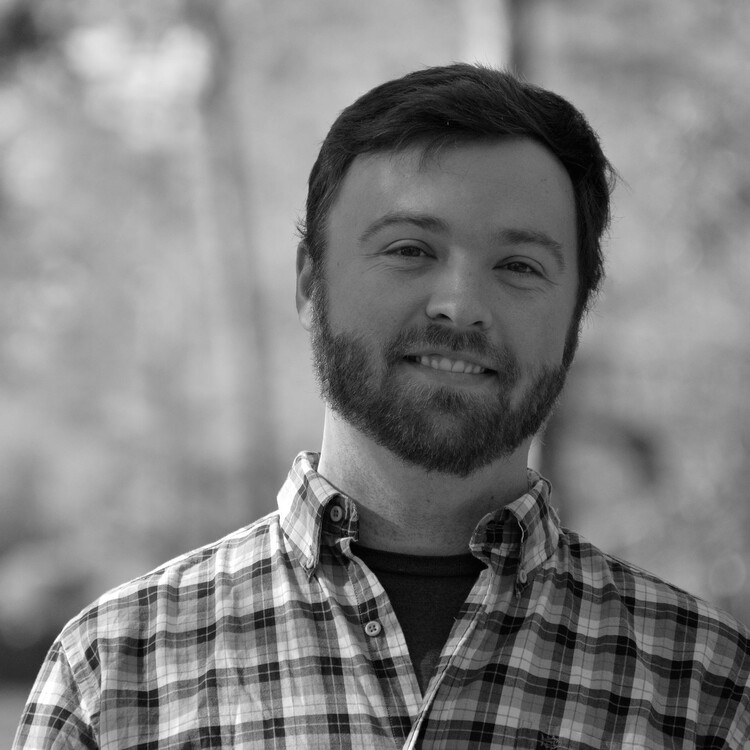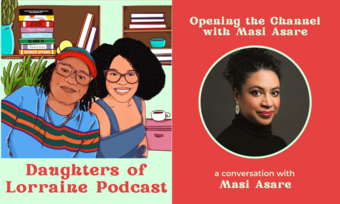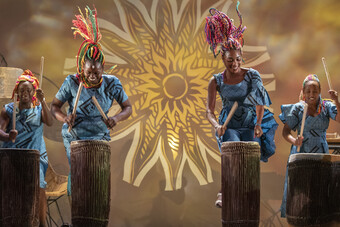I Can Hear You
Cross-Cultural Music and Complicated American Identities
This week we’re publishing new writing and multimedia about the twenty-one-year artistic collaboration between Pregones Theater and Roadside Theater. The collaboration bridges two vast geographies and cultures, Puerto Rican and Appalachian, and two distinct aesthetics. Our series explores the creation of BETSY!, a musical about a Bronx Jazz singer and performer uncovering the secrets of her family’s history. Join us for discussion with artists and scholars about creating works of art that probe beyond clichés into the frayed ends of American pluralism. —Jamie Haft and Arnaldo J. López
“Don’t wait too late to find the story that may reveal who you are.”—Ron Short
My banjo teacher, Warren Waldron, once told me of playing traditional Old-Time music: “If you want to play music this old, you’ve got a lot of catching up to do.” I’ve always loved that idea—that being situated as we are in this moment does not mean we’re ahead of our heritages. Uncovering and recovering the voices that inform who we are requires a lot of intentional creative work.
The story of BETSY! is one of uncovering voices and multicultural identities. Betsy, a Puerto Rican musician in the Bronx, discovers her Appalachian and Scotch-Irish roots—a history characterized by the twin paradigms of social stigma and family secrets. As powerful as the story of Betsy’s revelation is, there’s another resonance running throughout the play, the pairing of two music traditions—Appalachian Old-Time music and Puerto Rican Mountain music. I recently had the chance to interview some of the artists creating BETSY! about the music and history of the piece.
Appalachian writer and musician Ron Short first began writing the play for Roadside Theater by recovering his own great-great-great-Grandmother’s story as a prostitute and a part of a system of forced Scotch-Irish servitude in the late 1700s. “When I started looking for her,” Ron told me,
I found that she had been buried in [. . . ] the Cumberland mountains there between Kentucky and Virginia—and they had not put a marker on her grave [ . . .] even her grandson, who was a minister over at the old Baptist church [. . .] didn’t bother to mark his grandmother’s grave. So I started looking for her grave and I couldn’t find it. And I was determined to do something and so I said, ‘Well, I’ll make a marker for her. I’ll tell her story.’
The two musical traditions create a cross-cultural voice through the pairing of the banjo and cuatro—both distinct instruments in their respective mountain music traditions, both formed in and through the exploitative systems and cultural relationships of colonization and African slavery.
Ron’s marker became BETSY!, the product now of multiple collaborations. At an early stage in the play’s development, both Roadside and Pregones Theater realized the play’s mountain environment resonated with Puerto Ricans in the Bronx, leading to the play’s cross-cultural exploration of Betsy’s complicated modern American identity. “What I ended up realizing,” said Short, “was I didn’t just uncover the story of my Grandma, but I was uncovering a story of America—maybe the story of America.”
Music is more than just a backdrop in BETSY!. Ron says, “I set out very early in my mind to write it by using music as the primary voice to tell the story.” That voice is the product of a long process of cross-cultural listening. In the Let’s Talk about BETSY! event about the play’s in-process development, musical director Desmar Guevara spoke of an earlier collaboration on another play in the late ‘90s that included New Orleans-based Junebug Productions:
We weren’t communicating because everybody was defending their own music, until we stopped one day and started to listen to each others’ history and stories of how we became musicians, how this music came to ourselves. After we did that, we started playing and, literally, magic happened. Music started happening.
While music is a universal language, it is not exempt from the difficult work of cultural engagement, as Desmar told me:
Everybody was trying to put their music first because we were afraid to leave our safe place. We were afraid to go deep into New Orleans or Appalachia. Nobody said it, but I was feeling that, I was feeling insecure working with Appalachian music because that’s not my field. So we had to come down and talk. The first few days, I will never forget them, because the first day was very tense. And I thought nothing was going to happen. It’s like having a conversation or disagreement [. . .] If everybody starts talking at the same time, you need to come down and listen and explore all the possibilities. That moment was one of the major points in my whole career as a composer—how to share and receive other cultures and music.
Ron describes this as a “process of being willing to give up something in order to learn something new”:
One of the reasons we have so much difficulty in understanding other people and other people’s cultures and religion is we’re not willing to loosen the choke-hold we have on our own, to give up some part of ourselves to learn something new about ourselves. That’s the hardest thing in the world to do for a musician who has spent maybe a lifetime pursuing a certain style of music. There is no way that the musician can be divorced from the music. You are one and the same.
One lesson learned in this production is the importance of stringed instrument traditions in both Appalachian and Puerto Rican mountain cultures. The two musical traditions create a cross-cultural voice through the pairing of the banjo and cuatro—both distinct instruments in their respective mountain music traditions, both formed in and through the exploitative systems and cultural relationships of colonization and African slavery. In the fast industrial sounds of modern Bluegrass banjo—and the way the instrument casually accompanies current Country music—it’s easy to forget the rough hands and hard conditions that originally crafted the instrument in America. The early gourd banjo was an innovation by African slaves who came to the Americas with rich cultural knowledge of stringed instruments and synthesized that knowledge in new ways (check out Cecelia Conway’s African Banjo Echoes in Appalachia). The banjo then made its way into the mountain South through a complex process of cross-cultural sharing where rural black and white musicians engaged in musical exchange. Even minstrelsy’s racist appropriations of black music traditions paradoxically required deep study of those traditions by white performers. In Puerto Rico, the various pressures of Spanish colonialism contributed to the development of the cuatro. Traditional Puerto Rican Mountain music reflects the proximity of Spanish settlers, farmers, laborers, and African slaves in the mountains and the musical knowledge each group brought. The more modern ten-stringed cuatro itself, still carrying the name of an early four-string instrument, belies a story of contradiction and continuity.
Fiddler and banjo player in BETSY!, Sylvia Ryerson, perhaps describes best how this banjo-cuatro voice might speak to an understanding of cross-cultural making:
They both have a really unique timbre. And because of the ten strings on the cuatro and the open back on the banjo, there’s an amazing, organic resonance. They both have a lot of melodic and rhythmic potential to complement each other and trade off, like one person being more behind someone else playing melody. That’s the challenge and what’s exciting—how not to cover each other up and support each other.

Though there will be many musical arrangements in the new production of BETSY!, the banjo and cuatro stand to offer a powerful cross-cultural voice characterized by creative tension, something Betsy herself is working through.
***
All video content by Zhivko Illeieff of Roadside Theater.










Comments
The article is just the start of the conversation—we want to know what you think about this subject, too! HowlRound is a space for knowledge-sharing, and we welcome spirited, thoughtful, and on-topic dialogue. Find our full comments policy here